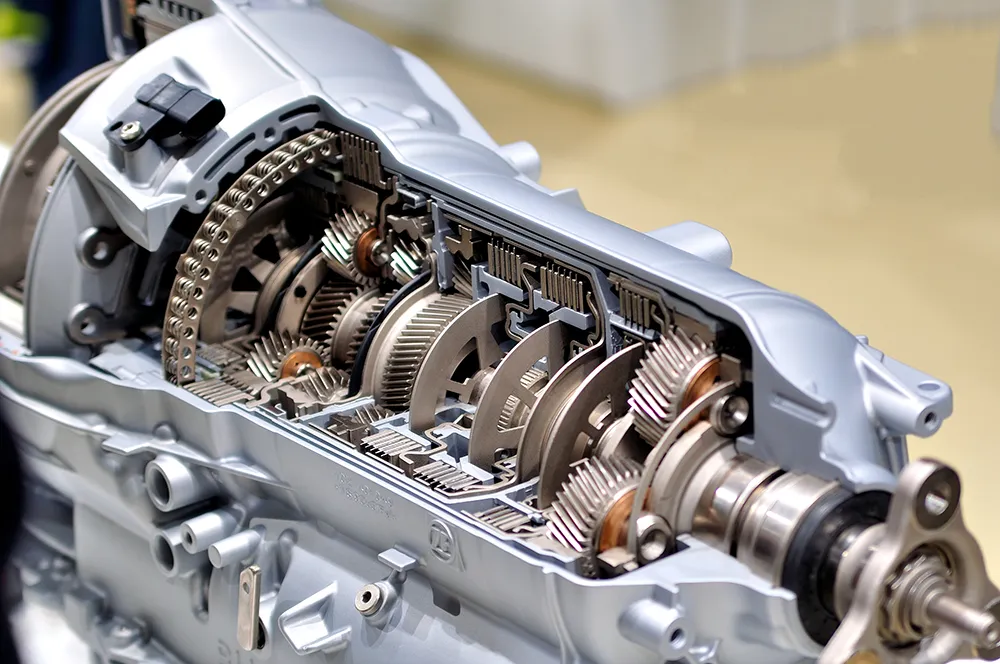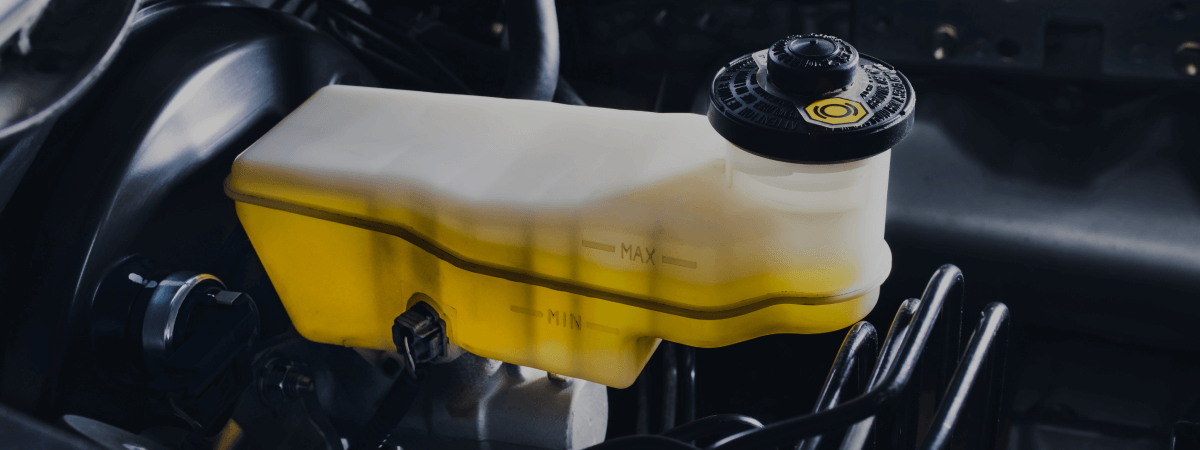
Have you ever wondered how your engine makes your vehicle’s wheels move? Your transmission plays a part.
In a vehicle, the transmission is responsible for converting energy into power for your wheels. It also helps your car change gears so it can function properly at different speeds.
How a Transmission Works
Some vehicles have a hydraulic planetary automatic transmission, which is a fancy way of saying it’s an automatic transmission. Other vehicles, including the first cars ever introduced, have manual transmissions that require a bit of finesse to change gears. Our Bountiful car repair team will take a dive into how both types of transmissions work but, first, let’s get a general idea of the function of a transmission.
Parts of a Transmission
Whether you’re driving an automatic or a manual, your transmission contains a number of parts to reduce the power generated in the engine.
- Gearbox
- Gears
- Gear trains
- Drivetrain
- Clutch
- Crankshaft
- Prop shaft
- Differential
- Final driveshafts
Engines operate at high speeds, which doesn’t translate well for your car’s wheels; they need to be able to start, stop, speed up, and slow down. A transmission reduces high engine speed to a more appropriate level, which in turn increases your vehicle’s torque. Torque is the twisting or rotational force of your vehicle, and the higher it is the better your car accelerates.
The gears and gear trains housed in the gearbox allow a vehicle to change speeds, and also move between forward and reverse motion.
Types of Transmissions
A manual, or stick shift, transmission is one for which the driver is responsible to change gears. An automatic transmission is one that does the work for you, automatically changing gears at the appropriate speed.
Manual Transmission
A vehicle with a manual transmission has a clutch pedal for the driver to engage with his or her foot while in motion. When the clutch is depressed, the driver manually moves the gear shift, usually located between the two front seats. Once in the desired gear, the driver releases the clutch pedal back to its starting position. As you can imagine, these maneuvers can be tricky to master, and they made driving intimidating for many people.
Automatic Transmission
First introduced in 1934, the automatic transmission in a General Motors car changed driving. A vehicle with an automatic transmission automatically shifts gears for you, allowing the driver to keep both hands on the wheel, or one if the other hand is sneaking a snack. The goal was to make a car more accessible to all types of drivers, regardless of their aptitude with automobiles.
In an automatic vehicle, there’s an element called a torque converter that senses when your car is speeding up or slowing down; the converter lets the car know when to shift gears to accommodate your speed. Instead of needing to depress a clutch pedal in an automatic vehicle, there is instead a fluid coupling and a system to determine what gear your car needs to be in at any given speed.
Signs a Transmission is Failing
If your “Check Engine” light is illuminated on your dashboard, it could be related to your transmission. But since we all know that pesky light turns on for a variety of reasons, here are some other signs your transmission is failing. For Bountiful car repair, bring your vehicle in and we’ll read your engine codes to see if it’s your transmission or something else.
Problems Shifting
If you’re unable to get your car into gear or keep it in gear, it could be related to problems with the transmission. Whether you’re driving an automatic or a manual, it’s possible you just need to refill your transmission fluid or have the system as a whole looked at.
Burning Smells
If your transmission overheats, you’ll notice a burning smell coming from under the hood. It could also indicate that fluid is leaking and overheating in the engine compartment.
Noises in Neutral
When your car is parked and in neutral, you might hear strange noises. These can be a sign you need to flush and replace the transmission oil or take a look at the transmission to see if parts need repair. You might hear a grinding, clunking, whining, or humming sound (and no, it’s not the kids in the backseat).
Shakes
If your car shakes when you attempt to shift gears, it could be related to your transmission. Shaking is usually a symptom in cars with automatic transmissions, but it can also occur in a manual.
If you suspect you have a problem with your transmission, contact the Bountiful car repair team at Maser Muffler today.
Related Posts
Key Takeaways On average, passenger vehicle tires last 40,000 to 60,000 miles, depending on type, driving habits, and maintenance. Replace tires when tread depth reaches 2/32”, if damaged, or older than 10 years. Regular rotation, alignment, and proper inflation extend tire life. Aggressive driving, poor roads, and harsh weather shorten tire lifespan. Take advantage [...]
When you think about car maintenance, you probably focus on oil changes, tire rotations, and maybe even brake pad replacement. But what about your brake fluid? If you’ve ever wondered, “What does brake fluid do?” or “Why is brake fluid important?”, you’re not alone. Brake fluid might not be the most talked-about part of [...]
Is that high-pitched squeal from your brakes driving you—and everyone else—crazy? Don’t ignore it. Squeaky brakes aren’t just annoying, they’re your car’s way of saying something needs attention. Whether you're cruising through Salt Lake City or winding up Idaho’s mountain passes, here’s what’s likely going on, how you can fix it, and when it [...]





